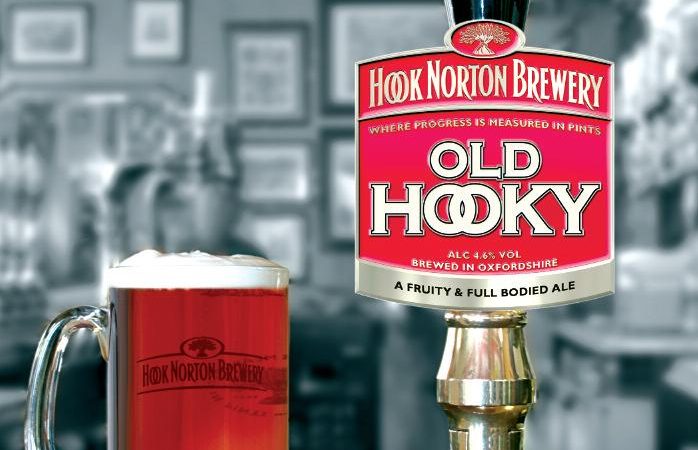It is a common mistake to think that ‘best bitter’ is just bitter with hair on its chest. While it is true that some versions of ‘best’ are stronger versions of their weaker brethren, many brewers take the opportunity, when fashioning a higher gravity beer, to blend different varieties of malt and hops. That Yorkshire classic, Timothy Taylor’s Landlord (4.3%), is a golden beer, made from pale malt only, while the brewery’s Best Bitter (4%) – in reality a member of the bitter class – is a more typical British colour of deep, burnished bronze due to the addition of 5% crystal malt. Landlord has just 20 colour units, Best 27. In this case, both beers enjoy the same hopping regime of Fuggles, Goldings and Styrian Goldings, but offer aromas and palates distinctively different – citrus fruit to the fore in Landlord – as a result of it circulating over a deep bed of Styrians prior to fermentation.
Some versions of bitter and best share the same recipe and are none the worse for that. Those superb Thames Valley beers, Brakspear Bitter and Special, use identical grains, hops and brewing sugars, with additional water or “brewing liquor” used to produce Bitter. Arkells of Swindon brew 2B and 3B, 3.2% and 4% respectively, from the same mash of grain and hops, again adding brewing liquor to reduce the alcohol for 2B. “Bigger bitter” would never catch on in a world obsessed with marketing and obesity, but that is effectively what we are talking about: beers with bigger aromas and flavours, richer in malts and hops. I am often asked at public beer tastings and seminars how stronger beers are made. The answer is that a brewer will add more malt and perhaps special sugars to encourage the yeast to produce more alcohol. There is a limit to how much malt can be packed into a mash tun, the vessel used in the first stage of the brewing process. As a result, brewing sugars are added during the copper boil with the hops, as is the case with Brakspear Special. A higher level of alcohol creates different parameters of taste: a rich malt character with perhaps overtones of vinous fruit, toffee and butterscotch. To balance the maltiness, a generous addition of hops will give both a powerful bitterness as well pronounced spicy, peppery, grassy and floral notes.
There is an inevitable overlap in such English styles as pale ale, bitter and best bitter. The problem is compounded when many brewers call ordinary bitters ‘best.’ Marston’s Pedigree may be labelled ‘bitter,’ but it’s a classic Burton pale ale. Where does that leave Draught Bass? Is it the granddad of Burton beers an IPA, a premium bitter or a pale ale? The answer would be more pressing if the beer were easy to find these days. Sadly, even tragically, the beer that once sold two million barrels a year and was famous throughout the world has been sidelined by its present owners and is brewed under licence by its once – pardon the pun – bitter rival, Marston’s. Find it if you can. Fortunately, the stronger bottled export version is still widely available.
The appeal of best bitters have been enhanced in recent years by the willingness of smaller craft brewers to experiment with ingredients, hops in particular. While many American brewers import Hereford and Kent Fuggles and Goldings to give their pale ales a true English appeal, British brewers have gone in the opposite direction. As a result, many best bitters offer the rich and pungent citrus characteristics of American Cascade, Chinook and Willamette hop varieties.
Article is from Beers of the World Magazine issue 15

